Rather than focusing on the incremental innovation needed to win back the attention of enterprise users and premium consumers, Google's vision for Android this year has again leapt in new directions which appear even less attainable. Android's scattered, imitative strategies du jour are resulting in a platform that looks a lot like Apple's— albeit the very unsuccessful Apple of the mid 90s.
Google's chief executive Sundar Pichai was supposed to bring some adult supervision to Android. Two years ago in 2014, he belatedly began addressing efforts to appeal to the enterprise in Android 5 Lollipop, and over the next year he focused on broadly deploying the company's Android 6 Marshmallow software via an affordable handset reference design that could be produced for as little as $100.
Neither effort really gained traction, resulting in Android's Marshmallow release instead reaching a new low in first year penetration rate, 20 percent lower than the previous year's rather dismal figure of about 10 percent adoption of Lollipop.
While Google has scrambled to assert its control over Android and to stop Samsung, its largest licensee by far, from hijacking the platform and turning it into a vehicle for delivering its own rival services, core innovation in Android itself has ground to a halt, as this year's Google I/O conference made abundantly clear.
Android's failure to innovate
This was already becoming evident at last year's I/O me-too conference, where Google introduced a series of initiatives that were based directly on catching up with iOS, including moving to the iOS app permissions model, iOS-style copy and paste and duplicating Apple Pay and CarPlay for Android.
Google's biggest other news a year ago was Google Photos, a free app and service that was offered cross platform. Apart from giving Google access to users' personal content, this didn't help Android become a more viable alternative platform, and certainly didn't win back any valuable segments of market share.
Android's effective stagnation was no help to its largest licensee Samsung, which limped through a very painful year where it lost around half of its premium smartphone sales to iPhone 6, erasing 74 percent of its mobile profits, then continued to remain held in check by Apple's iPhone 6s successor featuring Live Photos and 3D Touch.
While the media has focused on Apple's first quarterly decline in growth, which occured during this year's 6s cycle, Samsung's mobile profits are still well below where they were two years ago. Apple's profitably is not.
Samsung's Q1 earnings of 6.68 T KRW are barely two thirds of its peak profits from 2013. Mobile devices now account for just 58 percent of that, compared to 70 percent during 2014's Peak Galaxy.
It's also not helping Samsung at all that Google's Pichai has refocused Android on selling "the next billion" low end devices in emerging markets, particularly India, rather than continuing to target Apple's high end, premium market segment with innovative, compelling features that might woo users toward Android's high end. Android Silver, an initiative to do just that, has been abandoned.
Android is looking like Symbian 2008
Lacking noteworthy improvement— and with its future growth potential frozen as smartphone sales flatline— Android is becoming the new Symbian, the pre-Android smartphone platform that featured too many divergent leaders all leveraging its openness to pull the platform in a different direction, which resulted in it going nowhere.
Microsoft is looking at how it can benefit from its own fork of Android. Chinese companies are building Android variants that similarly do not benefit Google in any way. Even Blackberry has launched an Android phone that it hopes to tie into its own services. And of course Samsung is not only trying to pull Android in its own proprietary direction, but is also threatening to undermine Android with Tizen, if it can ever figure out how. That type of fragmented chaos is exactly what Apple leveraged to stand out as the premium platform prior to Android assuming Symbian's role beginning in 2010
That type of fragmented chaos is exactly what Apple leveraged to stand out as the premium platform prior to Android assuming Symbian's role beginning in 2010. It's possible that Apple could fumble the ball and sit back on its billions while letting iOS stagnate. But iPhone and iPad sales are facing enough pressure from currency exchange rates and the global economic downturn to allow Apple to get very complacent.
Android was once delivering fast and fresh ideas at a regular clip, putting Apple's iOS on the defensive and causing its critics to complain that Apple's platform was looking dated and old. But look how quickly Apple rolled out the new appearance of iOS 7 along with Metal GPU optimization, 64 bit apps, AirDrop and CarPlay.
It then followed up with iOS 8 featuring Notification Center, iCloud Drive, HealthKit and HomeKit, smart Continuity features and App Extensions to open up keyboards, sharing and actions. Last year it introduced iOS 9 with proactive Spotlight recommendations, iPad Split View and Slide Over, better Maps with transit, and a series of other features— including 3D Touch support that Google's Android still hasn't effectively copied.
Apple is successfully deploying its innovation
While Google has made some efforts to copy Apple's initiatives, one huge difference is that Apple has been able to improve its lead in deploying new versions of iOS. Last year, Apple reported that 82 percent of its users were on the most recent iOS 8 by the end of May. This year, iOS 9 has reached 84 percent penetration a couple weeks earlier.
While Apple has been portrayed as having reached Peak iPhone with no potential for real growth, the reality is that Apple's sales have grown dramatically over the past two years, it's just that last year was so incredible that this year looks bad in comparison. Contrasted with its sales prior to iPhone 6, Apple's sales this year are much higher, and following a trajectory of long term growth.
Apple has also proven that it can both maintain a lock on the most profitable sales and consistently grow its shipments even in an industry that is in long term decline, as we've witnessed with Mac growth within the shrinking PC market since 2010.
Google's VR Daydream ignores the Android Wear nightmare
This year's Google I/O was dominated by Daydream, a new VR initiative that intends to dictate to Android licensees a model for delivering high-end smartphone designs capable of supporting VR through the use of a draft reference design for goggles and a controller.
A variety of Android licenses have already shipped their own VR products however, including Samsung and HTC. Why would they want to take VR hardware design direction from a search company that has repeatedly failed to deliver successful reference designs, ranging from Google TV to Honeycomb tablets to Silver, Google One and Android TV?
Further, given that we're told almost daily that Apple's reign over smartphones is over because nobody is going to pay $650 for a smartphone anymore, why are we now being told by those same people that the real opportunity in smartphones is a $700 phone paired with a $100 or more set of goggles, because VR? Which one is it?Given that we're told almost daily that Apple's reign over smartphones is over because nobody is going to pay $650 for a smartphone anymore, why are we now being told by those same people that the real opportunity in smartphones is a $700 phone paired with a $100 or more set of goggles, because VR? Which one is it?
And if there's some real opportunity for selling a high end smartphone connected to an expensive peripheral, who is more likely to be able to sell this, Apple or the Android licensees who haven't been able to sell high end smartphones over the past two years?
Even if Apple were two years behind the rest of the world in introducing VR, we're more likely to see a repeat of Google's last big I/O hardware initiative. Remember the smartwatch?
Samsung and Google paraded around flop wearables for two years before Apple Watch appeared and immediately dominated the entire industry. Apple is so far ahead in that product category that IDC has to compare it against $88 Fitbits and $25 Xiaomi bands just to claim that there's some competition.
Apple Watch came to market with a serious price premium: $349 to $1099, in a market where Samsung and Motorola had been trying to sell their smartwatches for $130 to $300, and other Android makers are now trying to sell knockoff devices for $50 or less.
Is it even fair to suggest that companies that struggle to sell $500 mid-grade smartphones and can't sell a smartwatch at any price are going to suddenly be able to outperform Apple at high priced hardware targeting a feature that demands extremely tight integration, precise sensor control and high quality content?
The hype building around VR, and the potential for a social network, an ad-search engine and bunch of second-tier consumer hardware makers to pull it off better than the world's largest technology vendor— which has repeatedly beaten them all in premium hardware every year since the iPhone first arrived (and with iPod before that)— is an example of some seriously deranged Flawgic.
Google I/O 2016 resembles Apple in 1996
Rather than narrowing its focus and upping its game, Google and its Alphabet umbrella have sprayed out a scattershot of various initiatives with no clear path to realistic success. Each year introduces an entirely new strategy while abandoning previous initiatives.
This has a lot in common with the old Apple of the 1990s. Back in 1996, Apple had multiple unrelated platforms all vying for attention. It had all sorts of far out technology ideas that it advertised as coming real soon, while failing to really make any money at any of them, and it became notorious for canceling projects left and right just as they achieved a developer following.
Today Google has Android and Chrome OS, but it can't sell its own hardware running either one. Chrome's inability to find a following outside of the schools where Google's partners are dumping them at-cost is especially disappointing, because as a web-oriented OS, Chrome is closer to what Google would like to be selling than a Java-based platform with an embarrassing security record and an unattractive user demographic— a particularly ugly situation for an ad-search vendor.
Android is also facing litigation for appropriating Oracle's Java API in willful violation of its licensing. But ChromeOS, its heir apparent, hasn't taken off with consumers or enterprise users, and its dependence upon an Internet connection for cloud-based web apps is a major barrier to adoption for consumers.
Android apps on ChromeOS!
Google's solution this year is a plan to host Android apps on ChromeOS, a plan that first surfaced last fall. This would bring Android's huge library of smartphone Java applets to netbook hardware nobody is currently using outside of schools.
However, this solution is particularly bizarre given that reviews of the Android-based Pixel C lamented that "Android just isn't cut out for productivity," largely because existing Android apps are not optimized for tablets.
For Engadget, Devindra Hardawar wrote "I've been reviewing Android slates for years, and it's a shame there still aren't enough great big screen apps."
Dieter Bohn similarly observed for The Verge that "One big problem is that most of the apps I use on Android tablets still aren't truly optimized for tablets. Most apps are comprised of wide, wasted expanses of open space that are technically designed for any screen size but actually aren't utilizing all this screen real estate. That's problematic with third-party apps, but it's unforgivable from Google's own apps."
Brandon Chester and Joshua Ho of AnandTech also noted that, "Unfortunately, what Android Marshmallow doesn't bring is anything significant to improve the experience on Android tablets. ... most of the core applications still act like large versions of their smartphone counterparts."
Note the agreement that the problem with Pixel C wasn't just the many limitations in Android, but extended to the fact that neither Google's nor third party Android apps are optimized for tablet sized screens. So how does it solve any real problem to host Android's smartphone apps on top of ChromeOS netbooks?
Google has problems Steve Jobs would have had trouble fixing
This sounds too much like Apple expecting to solve the problems related to its 1996 Mac System 7 by hosting it on another OS that nobody was using, when the real problem for mid 90s Macs was not just that their software was tied to an old tired platform that needed to be radically renovated but also that all the apps that ran on it needed to be overhauled for the modern era. That took Apple under Steve Jobs six years to initially deliver— and at least another three more years to begin meaningfully turning things around.
Apple eventually pulled that off, but the company had Steve Jobs, it had acquired NeXT and had therefore had a fully modern OS largely ready to begin building on, and it had competition in the form of a sleepy Microsoft that had grown arrogantly complacent and distracted with a massive security problem. It also was fortunate enough to have stumbled onto the iPod, earning enough billions in hardware revenues to finance development of Mac OS X and eventually the iPhone, the most successful technology product to have ever existed.
Today, Google doesn't have time on its side. It certainly doesn't have eight years to fix its platform problems. Additionally, it's now Google that has grown arrogantly complacent and distracted with a massive security problem, and it has no Steve Jobs, no NeXT, an Oracle lawsuit and an irrational attachment to a web-based cloud netbook platform that nobody wants apart from America's desperately impoverished K-12 schools, who are willing to accept super cheap hardware in exchange for surveillance of their children.
Google also lacks the ability to make money on any sort of hardware it has invented or acquired, ranging from Nexus to Glass to Robots to Motorola to Nest. On top of that, Google's ad revenues from the desktop PC are slowing down and becoming less lucrative and more expensive to sell, while its ad business on mobile devices now has strong competition from Facebook, Amazon and others. And it's also being effectively purged from Apple's iOS platform, as well.
"Running Android apps" didn't save BlackBerry's tablet, didn't create a competitive, profitable tablet business for any Android licensees, and wasn't even deemed worthy of being implemented by Microsoft as a solution to its own dearth of apps for Windows 10 Mobile. So it doesn't seem like a magic fix for ChromeOS either.
Google's FaceTime & iMessage
Two other initiatives Google outlined at its I/O conference, Duo video calling and Allo instant messaging with text prediction, look a lot like Apple's FaceTime and IMessage, except that they are intended to work on Android as well as iOS.
However, there's already a crowded field of cross-platform alternatives to Apple's offerings: Microsoft Skype, Facebook WhatsApp, and a variety of other third party tools. Google already has its own Hangouts product, which supports conversations among groups, as well as Google Voice and Messenger, resulting in a lot of apps with overlapping functionality.
Separating video and text chat into two different apps is a clear message that these are a copy of Apple's products. The only reason Apple has two separate products is that their introductions were made across multiple years back in 2010 (FaceTime for iOS), 2011 (iMessage, FaceTime for Mac), 2012 (Messages for Mac) and 2013 (FaceTime Audio). On Apple Watch, Messages and FaceTime Audio features have already converged into one interface.
Given that Google already has IM and video chatting apps— including some Hangouts functionality that goes beyond FaceTime— why would it create new copies of Apple's work? Looking all of the other unique features and differentiated design decisions of Android that Google has given up on in order to instead deliver a closer replica of what Apple was doing— even when its own Android user base claimed that the status quo on Android was already better— indicates that Google feels that its own vision is flawed and that it's better to just copy Apple's verbatim.
That played out last year with Google dumping Android's old app permissions model, its old copy and paste, the old Google Wallet and a variety of other areas where Android used to be more unique. But Google isn't just blindly copying Apple; it's copying Apple because it recognizes that Apple's approach is clearly superior.
However, there are two major flaws with Google's plans to copy iOS FaceTime & iMessage. First of all, Google has a terrible track record of introducing copies of other company's products and gaining any traction with them. Its Buzz didn't unseat Twitter, its Google+ didn't rival Facebook, Knol didn't rival Wikipedia and of course Android hasn't commercially performed anywhere near iOS. That's the real problem Google is seeking to address here.
Nobody in the tech media has really recognized the value of iMessages. Google clearly has.
While the media has grown enthralled with Facebook's user growth (despite the fact that it paid $22 billion, or $55 per person, for 400 million WhatsApp users, who have subsequently generated 3 cents each in revenue per year), nobody in the tech media has really recognized the incredible value of iMessages. Google clearly has.
Apple doesn't have to buy users and then try to monetize them; it already has over 750 million, and those users have all paid to use Apple's products; about $650 per person to get a new iPhone, $400 per iPad or $1200 per Mac. Apple is now offering them Services, earning another $20 billion per year from things like iCloud, AppleCare and Apple Music. The "Law of Large Numbers" that supposedly prevents Apple's valuation from going up is not in any way impeding how much more money Apple can make from its increasing installed base of users and their attachment to its devices.
Apple's strategy for iMessage wasn't to make lots of money from its user base (and certainly not to force them to sit in a soup of ads), but rather to make its platform more attractive so they'd stick around and keep buying new hardware. iMessage and FaceTime are simple, secure and easy to use. They're not a complex messaging platform like Google's abandoned Wave or its current Hangouts, which largely only appeals to technically-oriented users like Google's own employees.
iMessage on iPhone is also the default way to message others via SMS or— if the other side has an iPhone— to provide a more robust set of messaging features, distinguished with blue chat bubbles. That results in a clear, differentiated product that induces people to encourage their friends to get an iPhone.
Google wants something like that. Unfortunately, it's not offering something truly comparable because it can't. Google has only limited control over Android. It can't force all Android phones to adopt Allo or Duo, and it's not very good (to put it mildly) at selling pure-Google Nexus phones either. But most importantly, it has no control over iOS at all. The only way it can get iOS users to try its apps is to advertise and promote a good product without charge, and even that's an uphill endeavor.
Look at Google Maps, for example, which since the arrival of Apple Maps about four years ago has tumbled into minority use on iOS, despite having a variety of very attractive and unique features. Getting iOS users to switch from their builtin iMessage to Allo will be an even harder climb, because the only thing Google offers is a new way to be lame, using variable text size to "whisper or shout," a more nuanced way to be all-caps-annoying in a typographical way that users on the other end can't control.
Allo also offers suggestions similar in some respects to Apple's QuickType keyboard, except that rather than suggesting spellings or basic responses, it watches how you talk and offers to talk like you. This itself seems like a bizarre way to feel less human when conversing with others, but it doubles as a way for anyone who grabs your phone to sound like you in talking to the people you know.
How much sincerity is felt in a conversation where one person hits the suggested "I love you" bubble and then receives a canned "I love you too" in response, knowing it involved tapping the bubble Allo suggested? What's next, a Google Now automation that launches Allo throughout the day and sends canned messages to all of your contacts for you so they know you care about them enough to delegate that effort to a machine?
This appears to be another Android idea generated by a robot for robots, with no real human curating the feature set. In any respect, it's not going to attract mass adoption from iOS users, who can already chat with green bubble Android users via iMessage.
Duo at least allows iOS users to have a FaceTime-like conversation with Android users, something that currently requires Skype or one of the many other third party video chat apps. Google's biggest innovation here is "Knock Knock" video previews, so that any caller who has your phone number can play live video on your phone as part of the connection process. As many have already observed on Twitter, this is a golden opportunity for pranks, and particularly for unsolicited dick pics and other forms of harassment.
Google increasingly now courting iOS rather than insulting it
However, the fact that Allo and Duo are co-targeting Android and iOS provides the clearest evidence yet that Google is keenly aware that Android is now playing defense. Previously, Google I/O frequently unveiled exclusive features that were supposed to make Android look like the cool kid platform, with things like Face Recognition Unlock.
In 2014 I/O was about Android Auto, Android TV, Android Wear and Google Fit, initiatives designed to make Google's platform look as good or better than iOS. Last year Android Pay and Google Now further sought to enhance Android M, but Android Wear was extended support to iOS, and Google Photos also invited iOS users to join.
This year, the realization is kicking in that Google's latest platform features aren't getting rolled out, and that new Android adoption is actually falling further behind. Google quite desperately now needs to start working to get itself installed into iOS phones, where the potential for money is.
This same sort of desperation hit Microsoft in 2014, when it realized that no new features or billions in advertising were going to salvage Windows Phone or dramatically popularize Windows tablets, and that it therefore needed to get its Office apps running on Apple's iPad or be left behind as others took its place on the mobile platform that mattered.
Google Home, the surveillance search bar for your house
This effect is also evident in Google's answer to Amazon's Alexa-powered Echo and Apple's HomeKit: a new product idea called Google Home that won't be available until some future date for some unknown price. Having failed to gain any real traction behind Google TV or Android TV, it's now taking a page from Amazon and seeking to install an always-listening search bar right in your home.
Once installed, not only does Google get a lot of information about you, but it also gains a foothold into the emerging world of HomeKit-style device management. This is already a ball Google has badly fumbled with its $3.2 billion acquisition of Nest, which has resulted in a portfolio of flawed products that don't work well and don't earn enough money. Nest even managed to make things worse by buying Dropcam for another $555 million just to look like it was earning revenue.
Google's next attempt at hardware sales, and importantly hardware that provides an on ramp back into Google's search freeway, is also complicated by the fact that Google's previous attempts at hardware have all been disastrous. But even worse, the fact that Google had to look to Amazon for direction on how to spy on users— Google's historical core competency— shows that things inside Google are quickly deteriorating.
Imagine if Apple were to decide to release a Bluetooth speaker equipped with Siri, which could not only answer questions but also coordinate with Apple TV and HomeKit devices. Apple doesn't need to buy up any pieces or look to others for ideas. It already has everything in place— it even owns a leading brand of speakers, whose Bluetooth Beats Pill already plays regular cameos in virtually every hit pop video and can be paired for stereo effects.
Unlike Amazon's Echo, Apple's Siri works outside of the U.S. and in other languages than English. Adding Hey Siri functionality to Beats Pill would let Apple take the Echo/Home concept not just to the living room, but to anywhere a user might be.
The big difference is that Apple doesn't have a user surveillance ad model. It offers Siri as an appealing feature so you'll be satisfied with your Apple hardware, not as a con man snoop trying to muscle into your life to learn about what sorts of ads would best manipulate you into paying for things you don't need, without your knowledge.
Ridiculous busywork: Project Ara
Remarkably, the primary original idea Google profiled at this year's I/O is a project which could easily be confused for one of Google's tone deaf, unfunny April Fools pranks if it had not been bobbing around within the company for years on end.
With the absurd Google Glass no longer being actively promoted as a plausible hardware concept, Google I/O has turned to Project Ara to fill the void of straight-faced silliness. If you forgot, this is the modular phone concept first floated as a Hyperloop-style meme among Facebook users who believe in anything that can be summarized in a graphic overlaid with large text or presented in a video clip.
Project Ara intended to "reduce waste" by letting users assemble modular smartphone components like an Erector Set (or a PC), upgrading the camera or CPU or display as desired. Imagine if you could still be using your iPhone 4, but with a new camera plugged in and a faster new CPU trying to drive a 2010-era backplane. It would need to be much thicker with a tiny black and white e-ink screen. Doesn't that sound like an amazing future?
Project Ara is an incredibly dumb idea, but Google is taking it as seriously as it took Google TV, Glass, Motorola and Nest. The only thing dumber than Google's continued presentation of Project Ara is the puff piece about it that David Pierce wrote for Wired, which sounds exactly like all of the similarly breathless enthusiasm Wired has previously gushed about the unlimited potential of Google TV, the "fabulous technology product" Google Glass, Motorola and Nest.
The closest Wired ever veers toward critical thought in the Project Ara piece is the observation that "Apparently, when given the opportunity to make anything that plugs into their phone, people come up with some pretty useless ideas."
He then remembers what's on the line in his relationship with the world's largest advertising company and backtracks by adding, "And that's OK: it's the whole point. It's been years since the smartphone industry has seen anything like true experimentation and newness."
It's been years since smartphones have tried anything new! Retina Display, 64-bit processing, Siri, Metal, Touch ID, Apple Pay? That's nothing compared to a busy box phone that lets you plug in wooden blocks, pill cases, random buttons, a kickstand and so on.
And who ever previously thought of using a smartphone with a better camera, speakers, a video projector, fitness trackers or external sensors and controls? Why use Bluetooth or cables when you could instead turn your phone into a thick box that works like a slightly smaller PC with slots and the kind of loose integration that has made Microsoft's legacy so relevant in the modern mobile world?
While I/O tries to be Burning Man, WWDC remains a professional developer conference
Project Ara is another example of the "1,000 yeses" Google invests effort into, without making any difficult decisions until the money has run out and the projects have to be canceled. Again, to anyone who has weathered twenty five years of tech industry history, this is a lot like what Apple was doing back when the company was coasting along on what it had done in the previous decade rather than really having a clear, attainable strategy for the future.
That Apple isn't around anymore. Today's Apple is a business enterprise that delivers new products and introduces practical innovation at a regular pace, and moving along a clear trajectory that partners can sync up with.
Developers at WWDC can expect to interface with the company's engineers, rather than being entertained by whimsical circus theatrics in an outdoor arena in 93 degree heat where the logistics of I/O's developer sessions were as poorly planned and implemented as Google's actual platforms.
Conspicuously missing from this year's Google I/O was any real continuation of the acknowledgment of the enterprise that was made back in 2014.
Apple has been working to understand and meet the needs of enterprise users every year. That's why Apple has made so much headway in the enterprise, and has lined up partners ranging from IBM to SAP to Cisco. Next month, WWDC can be expected to introduce serious topics and deliver information third party partners can actually use.
 Daniel Eran Dilger
Daniel Eran Dilger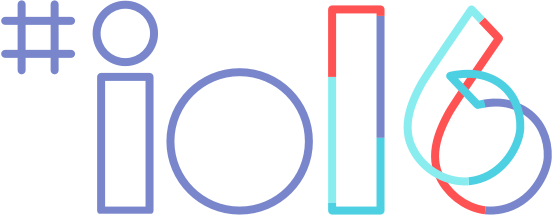
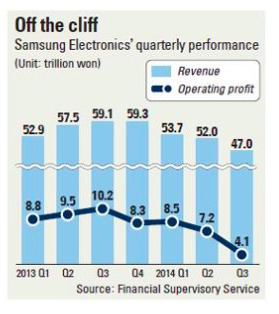
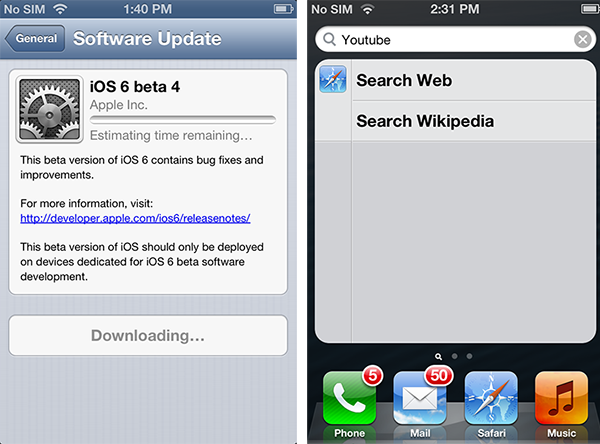
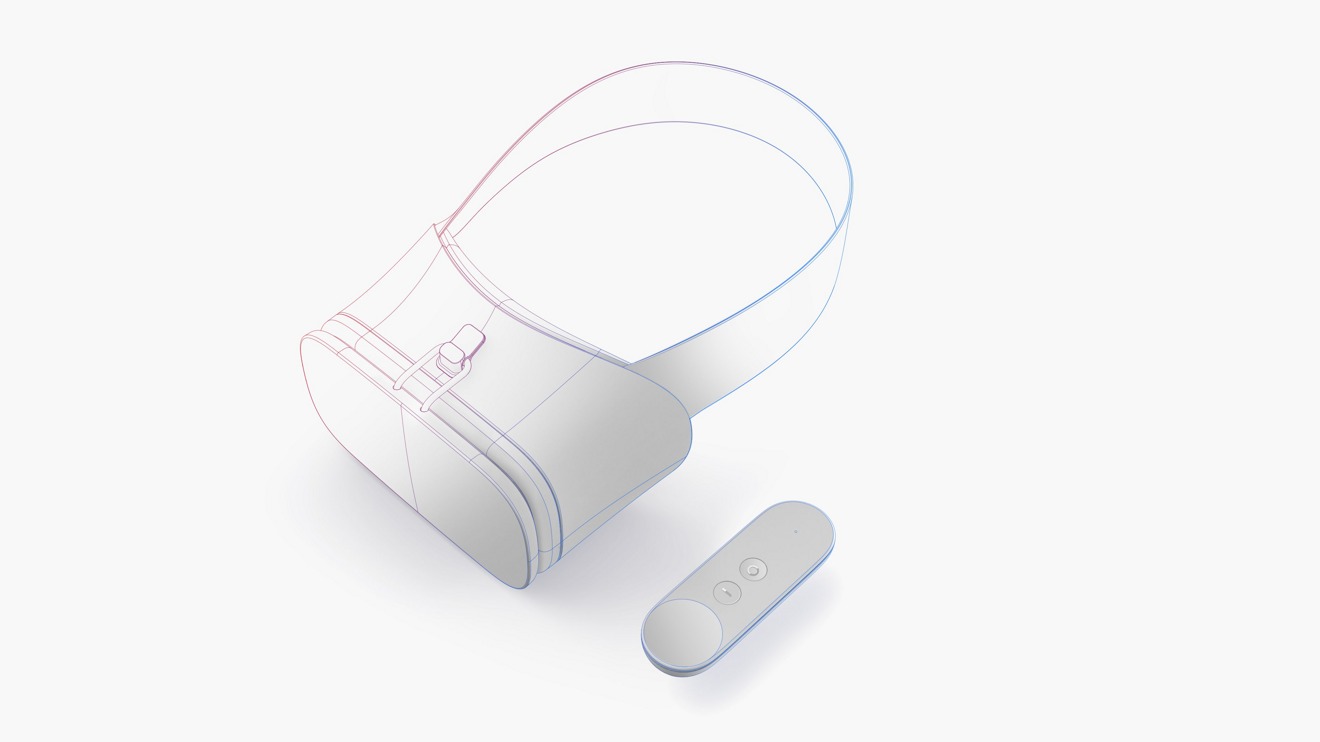
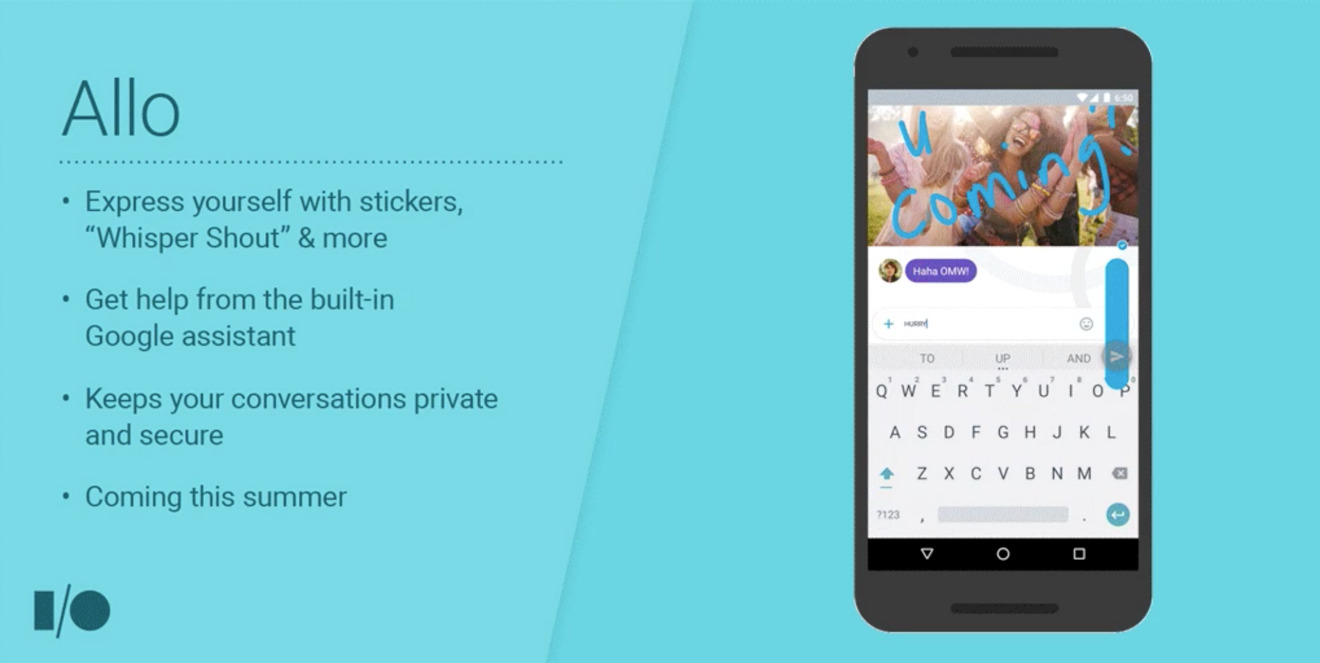
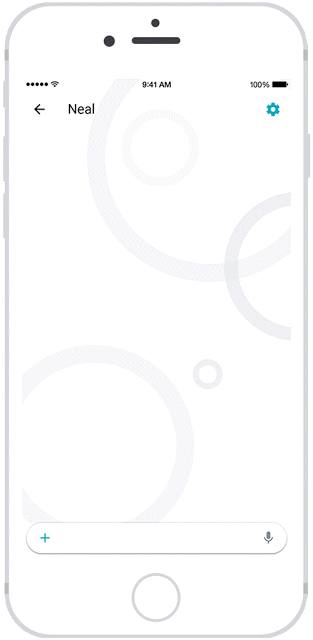
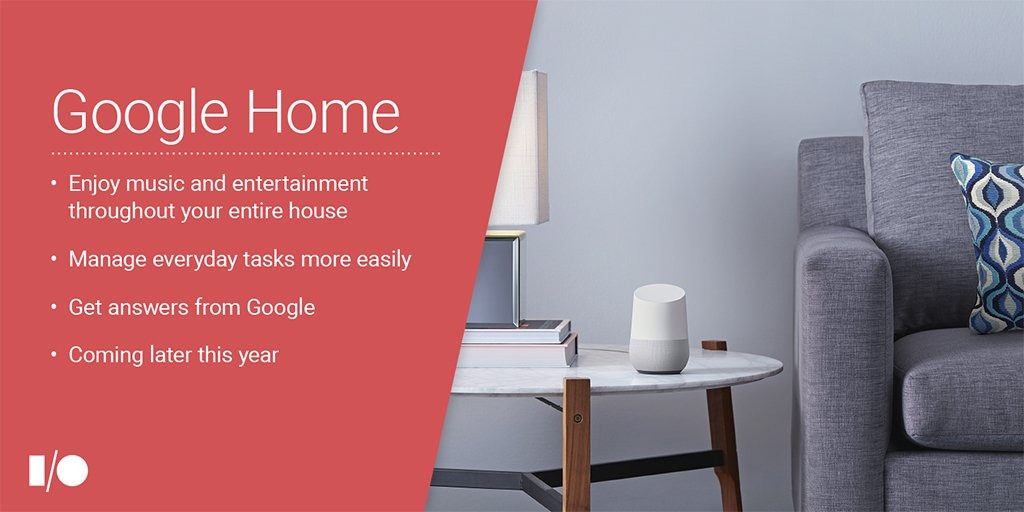

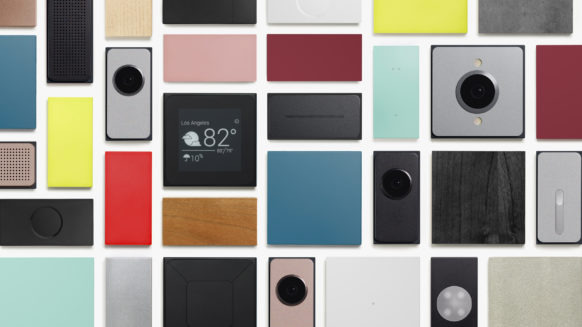


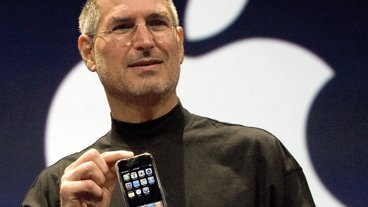
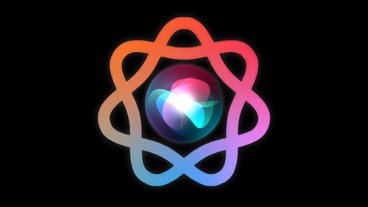
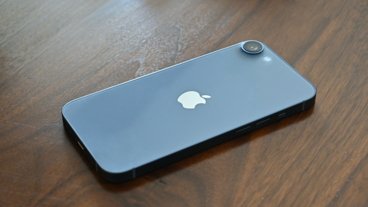
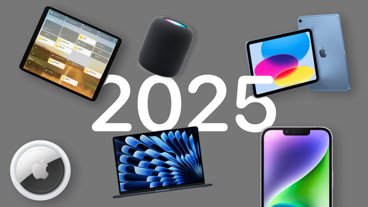
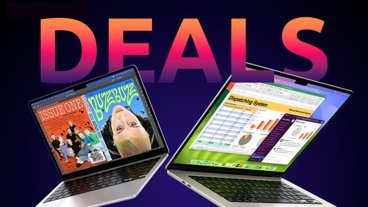
-m.jpg)






 Malcolm Owen
Malcolm Owen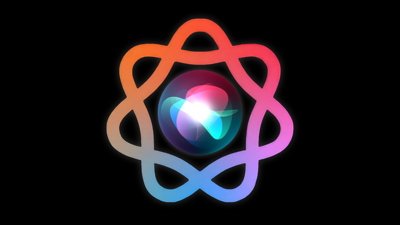
 Wesley Hilliard
Wesley Hilliard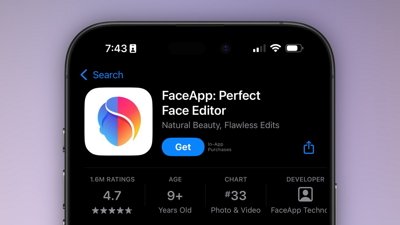

 Marko Zivkovic
Marko Zivkovic
 Christine McKee
Christine McKee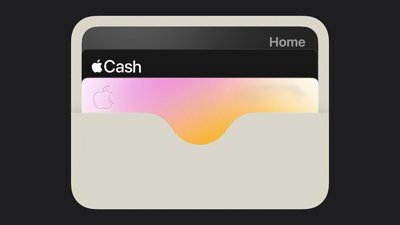


 Amber Neely
Amber Neely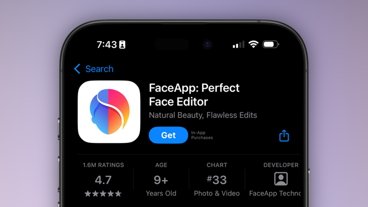








94 Comments
Does anyone have solid, common, ongoing uses for VR? It gives good demo, but unlike voice UX or even AR, VR seems to be about a decade too soon.
And yet my Twitter feed is full of tech writers and Apple bloggers talking about how great I/O was and how Apple really has to bring it at WWDC. The last ATP podcast was all doom and gloom, and Marco even has a post up now comparing Apple to Blackberry. https://marco.org/2016/05/21/avoiding-blackberrys-fate
I wish there was some place we could get decent Apple reporting that wasn't either D&G silly panic or everything's great Apple's the best they make all the $$$ blah blah blah. If these AI pieces are meant to reassure I don't think they do. If everything was peaches and cream there would be no need to write these pieces in the first place.
Another great article, Dan!
I had hoped Pichai would have done for goog as Jobs did for Apple: focus and strengthen. But goog is looking exactly like Gate's ms of the 00's: a constant stream of 'initiatives' that are never developed or even mentioned post two years. I'm still not sure what value goog actually has.
VR is a great idea that almost no-one will adopt because wearing big goggles around isn't comfortable. It's kinda stupid, and will keep this tech for limited use cases, naturally. So I wonder what goog could actually do to stay relevant at all? It really is proof that crime doesn't pay.